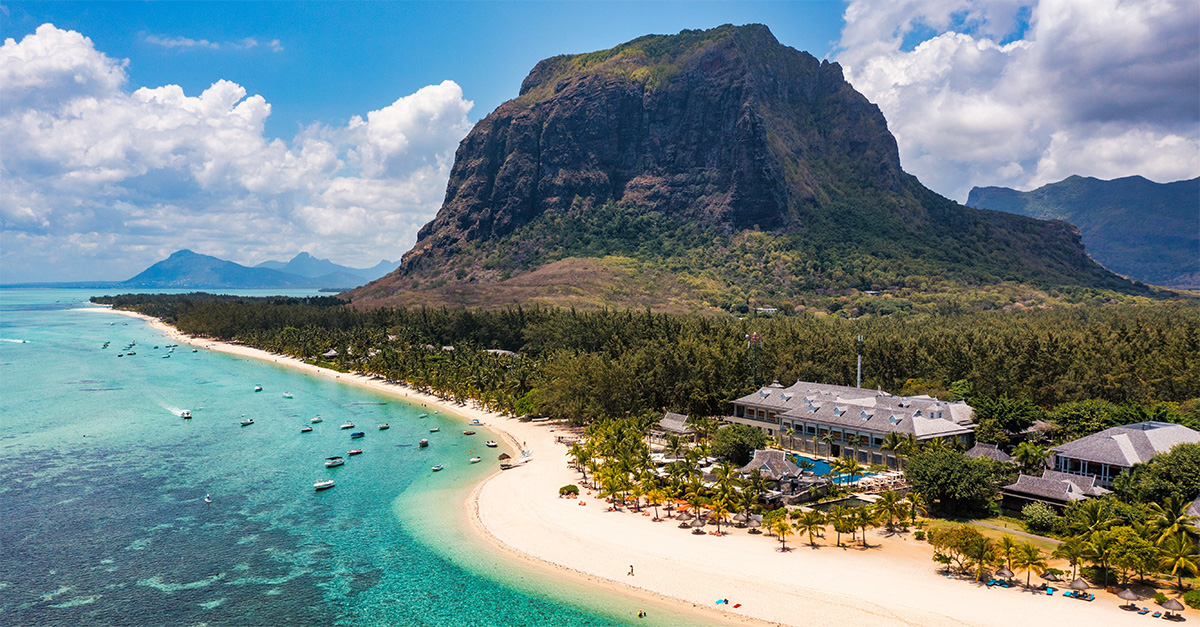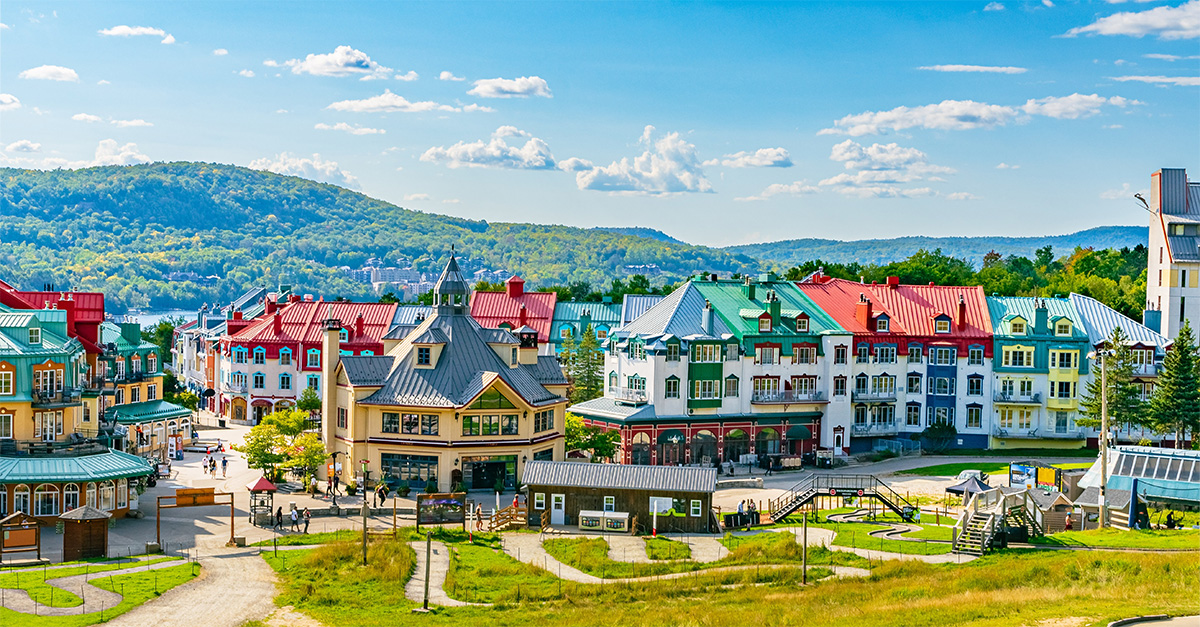No one knows how to party like the Spanish, says Joanna Booth
Like this and want more details? Click here to download and save as a PDF.
With their propensity for starting dinner at 10pm and then staying up till dawn, the Spanish make us Brits look like early-to-bed party poopers. So it’s little wonder that the destination has a packed programme of festivals that you can use to tempt fun-loving clients to book a trip.
They don’t have to be late-night party animals, although those can, of course, be catered for. From throwing tomatoes in the street to fiestas that celebrate religious holidays or historic events, there’s plenty of day-time fun, too.
Carnival celebrations
In the lead-up to Lent in the UK, we make pancakes. In Spain, they make massive parties instead. Carnival is a big deal here, so most areas will have a celebration, but there are certain destinations where it is particularly extravagant.
The city of Santa Cruz in Tenerife holds one of the biggest carnival parties in Europe, and it definitely has echoes of the most famous party of them all – Rio de Janeiro. Dancing girls parade in the streets, they crown a Carnival Queen, and there are fireworks.
In Cadiz, carnival focuses more on music than costumes, with groups playing in the open air, from classical to rock. In Sitges, you’ll find a carnival with strong representation from the lesbian, gay, bisexual and transgender community, and the drag talent of Europe in attendance.
Traditional fiestas
It’s thought Valencia’s Las Fallas dates all the way back to the middle ages, and this truly spectacular festival attracts many foreign tourists. Locals celebrate the patron saint of carpenters – and the coming of spring – by setting fire to ‘ninots’.

These enormous figures are made from wood, cardboard, Styrofoam, cork and papier-mache, and stuffed full of fireworks. From March 15-19, parades and firework displays are held every day, while on the final night, the ninots – each created by a different neighbourhood of the city – are destroyed.
This is not a sedate festival – it’s incredibly loud and there are plenty of street parties – sometimes starting with brass bands and fire crackers at 8am! Those visiting outside the season can still get a flavour at the Fallero Museum.
Those who like to get messy will love La Tomatina, a huge food fight that has been taking place on the last Wednesday in August in Bunol, near Valencia, since 1945.
Official ticketing (see latomatina.info) now keeps numbers down to 20,000 – before limits were set in 2013, they’d risen to 50,000 – and participants get together to hurl more than a tonne of over-ripe tomatoes at one another for an hour.

Image credit: Flydime
Tell clients to wear closed shoes and clothes they don’t mind throwing away, and suggest staying in Valencia – accommodation in Bunol is limited.
Religious festivals
Spain’s Catholicism is particularly evident in its festivals. The most famous is Holy Week, or Semana Santa, celebrated in the last week of Lent, just before Easter.
The most dramatic celebrations take place in Andalucia, with particularly big events in Malaga and Seville. The former features scenes from the Passion of Christ painted on to huge wooden floats, carried through the streets by penitents in purple robes and pointed hats.
Flamenco verses are sung and thousands flock to see this lively version of the festival. In Seville, it’s elaborate wooden sculptures, some covered in gold and silver, rather than floats that parade. The bearers are hidden inside the sculptures, so they look as if they are moving independently.
In the eighth century, a Muslim army conquered Andalucia, and it took 700 years for the Christians to win it back. Spaniards celebrate this by dressing up as either Moors or Christians to enact battle scenes.
The most spectacular Moros y Cristianos festival takes place in Alcoy on April 21-24. This popular event involves 28 armies fighting mock battles. Recommend that clients stay in Benidorm or Alicante and travel from there instead.
Music festivals
They might be relatively new in comparison with traditional parties, but Spain has made a name for itself with a host of music festivals. These are growing in popularity with UK travellers who love the almost-guaranteed good weather – a change from a muddy British field.
Barcelona’s electronic music festival, Sonar, has been running since 1993. Held in June, this year the line-up featured Hot Chip, The Chemical Brothers and FKA Twigs, as well as a range of Spanish acts.

Image credit: Sonar Festival
For the indie kids, it has to be July’s Benicassim, during which 30,000 people head to the site near Castellon, north of Valencia.
This year Portishead, The Prodigy, Florence and The Machine, Kaiser Chiefs, Public Enemy and Mark Ronson performed.Down the coast in Benidorm, bargain-hunters will love Low Cost Festival.
Also held in July, this year the headline acts included The Libertines, Kasabian and Foals, with tickets starting at £49.
Portuguese festivals
The Portuguese might not be quite as prone to parties as the Spanish, but there are a few worth adding to your clients’ schedules.
It might not be the first spot to spring to mind, but Madeira belies its sleepy reputation with a packed programme, including fireworks over Funchal at New Year, a large street party for February’s carnival, and, most famous of all, April’s Flower Festival.
Bloom-laden floats fill the streets and there are folklore and classical music performances. The 2016 festival runs from April 7-13.




